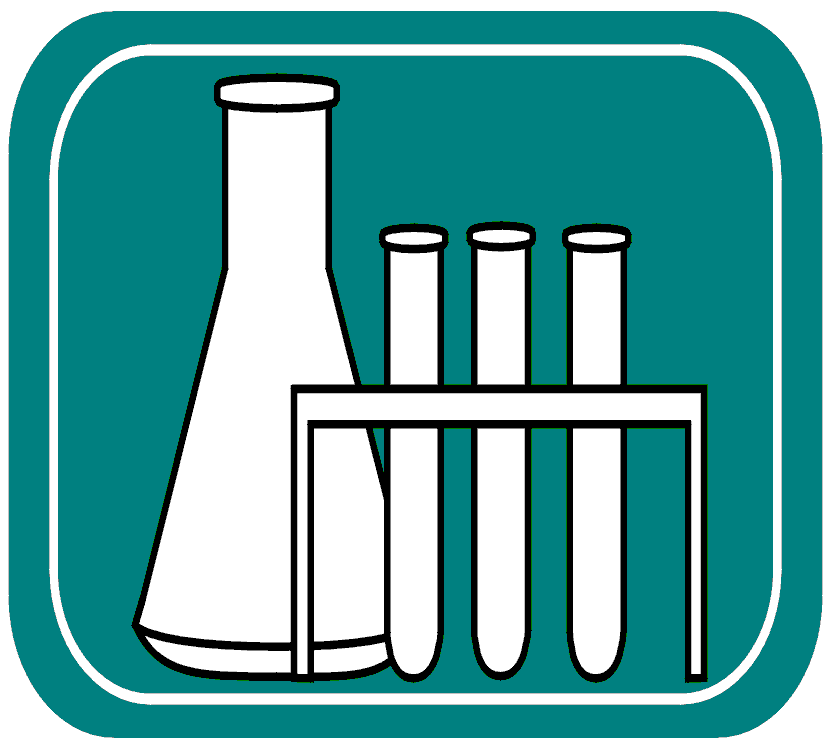 |
|
 |
|
Alkalinity is a measure of the buffering capacity of water, or the capacity of bases to neutralize acids. Measuring alkalinity is important in determining a stream's ability to neutralize acidic pollution from rainfall or wastewater. Alkalinity does not refer to pH, but instead refers to the ability of water to resist change in pH. The presence of buffering materials help neutralize acids as they are added to the water. These buffering materials are primarily the bases bicarbonate (HCO3-), and carbonate (CO32-), and occasionally hydroxide (OH-), borates, silicates, phosphates, ammonium, sulfides, and organic ligands.
Waters with low alkalinity are very susceptible to changes in pH. Waters with high alkalinity are able to resist major shifts in pH. As increasing amounts of acid are added to a water body, the pH of the water decreases, and the buffering capacity of the water is consumed. If natural buffering materials are present, pH will drop slowly to around 6; then a rapid pH drop occurs as the bicarbonate buffering capacity (CO32- and HCO3-) is used up. At pH 5.5, only very weak buffering ability remains, and the pH drops further with additional acid. A solution having a pH below 4.5 contains no alkalinity, because there are no CO32- or HCO3- ions left.
Alkalinity not only helps regulate the pH of a water body, but also the metal content. Bicarbonate and carbonate ions in water can remove toxic metals (such as lead, arsenic, and cadmium) by precipitating the metals out of solution.

Alkalinity is measured by titration. An acid of known strength (the titrant) is added to a volume of a treated sample of water. The volume of acid required to bring the sample to a specific pH level reflects the alkalinity of the sample. The pH end point is indicated by a color change. Alkalinity is expressed in units of milligrams per liter (mg/l) of CaCO3 (calcium carbonate).
Geology and Soils

Carbonates are added to a water system if the water passes through soil and rock that contain carbonate minerals, such as calcite (CaCO3). Where limestone and sedimentary rocks and carbonate-rich soils are predominant, (such as the eastern part of the Boulder Creek watershed) waters will often have high alkalinity. Where igneous rocks (such as granite) and carbonate-poor soils are predominant (such as the western part of the Boulder Creek watershed) waters will have low alkalinity.
Changes in pH
Because alkalinity and pH are so closely related, changes in pH can also affect alkalinity, especially in a poorly buffered stream. See the section on pH for more information on factors affecting pH.

Sewage Outflow
The effluent from Wastewater Treatment Plants (WWTPs) can add alkalinity to a stream. The wastewater from our houses contains carbonate and bicarbonate from the cleaning agents and food residue that we put down our drains.
Water Quality Standards and Other Criteria Regarding Alkalinity
Because alkalinity varies greatly due to differences in geology, there arenít general standards for alkalinity.
Levels of 20-200 mg/L are typical of fresh water. A total alkalinity level of 100-200 mg/L will stabilize the pH level in a stream. Levels below 10 mg/L indicate that the system is poorly buffered, and is very susceptible to changes in pH from natural and human-caused sources.
Other Information about Alkalinity
Above pH 8.3, alkalinity is mostly in the form of carbonate (CO32-); below 8.3, alkalinity is present mostly as bicarbonate (HCO3-).